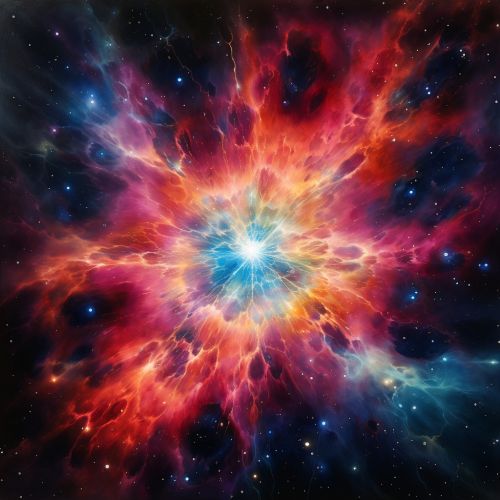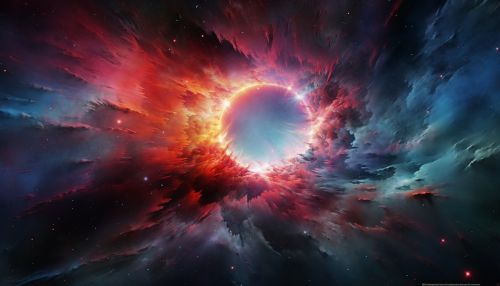The Dynamics of Planetary Nebulae Formation
Introduction
Planetary nebulae are fascinating astronomical phenomena that represent a crucial phase in the life cycle of certain types of stars. The term "planetary nebula" is somewhat of a misnomer, as these objects have little to do with planets. Instead, they are vast shells of gas and dust ejected by stars in the late stages of their evolution. This article will delve into the complex dynamics of planetary nebulae formation, discussing the physical processes involved, the types of stars that give rise to planetary nebulae, and the various shapes and structures these nebulae can take.


Stellar Evolution and Planetary Nebulae Formation
The formation of a planetary nebula is a key stage in the evolution of intermediate-mass stars, those with initial masses between approximately 0.8 and 8 solar masses. These stars, which include our own Sun, end their lives not with a violent supernova explosion, but with a more peaceful, albeit dramatic, shedding of their outer layers.
The process begins when the star exhausts the hydrogen fuel in its core. Without the outward pressure generated by nuclear fusion to counteract the force of gravity, the core contracts and heats up, causing the outer layers of the star to expand. The star then becomes a red giant, its surface temperature decreasing even as its overall luminosity increases due to its larger size.
Eventually, the core temperature becomes high enough to ignite helium fusion, creating carbon and oxygen. This process is unstable in intermediate-mass stars, leading to periodic thermal pulses that cause the star to eject a significant portion of its mass into space. This ejected material forms a cloud of gas and dust around the star, which is illuminated by the star's intense ultraviolet radiation, creating a planetary nebula.
Structure and Morphology of Planetary Nebulae
Planetary nebulae are noted for their diverse and often intricate structures. While the simplest and most common form is a roughly spherical shell, many nebulae exhibit more complex shapes, including bipolar outflows, point-symmetric structures, and intricate patterns of knots and filaments. The reasons for this diversity are not fully understood, but are thought to involve a combination of factors, including the mass-loss history of the progenitor star, the presence of a binary companion, and the effects of magnetic fields.
A common feature of many planetary nebulae is the presence of a fast wind emanating from the central star. This wind sweeps up the slower wind previously ejected by the star, creating a dense shell of material. The interaction of the fast wind with the shell can give rise to a variety of structures, including shock waves, instabilities, and the formation of high-density knots and filaments.
Evolution of Planetary Nebulae
Once a planetary nebula has formed, it continues to evolve over time. The central star, now an exposed white dwarf, continues to emit ultraviolet radiation, causing the nebula to glow. However, as the nebula expands, its surface brightness decreases. After about 10,000 to 20,000 years, the nebula becomes too faint to be observable, marking the end of the planetary nebula phase.
The central white dwarf, no longer able to sustain nuclear fusion, gradually cools and fades over billions of years. Eventually, it will become a black dwarf, a cold, dark remnant of a once vibrant star.
Conclusion
The study of planetary nebulae provides valuable insights into the evolution of intermediate-mass stars and the physical processes that shape the interstellar medium. Despite their ephemeral nature, these objects have a profound impact on their surroundings, enriching the interstellar medium with heavy elements and influencing the dynamics of future star formation.
